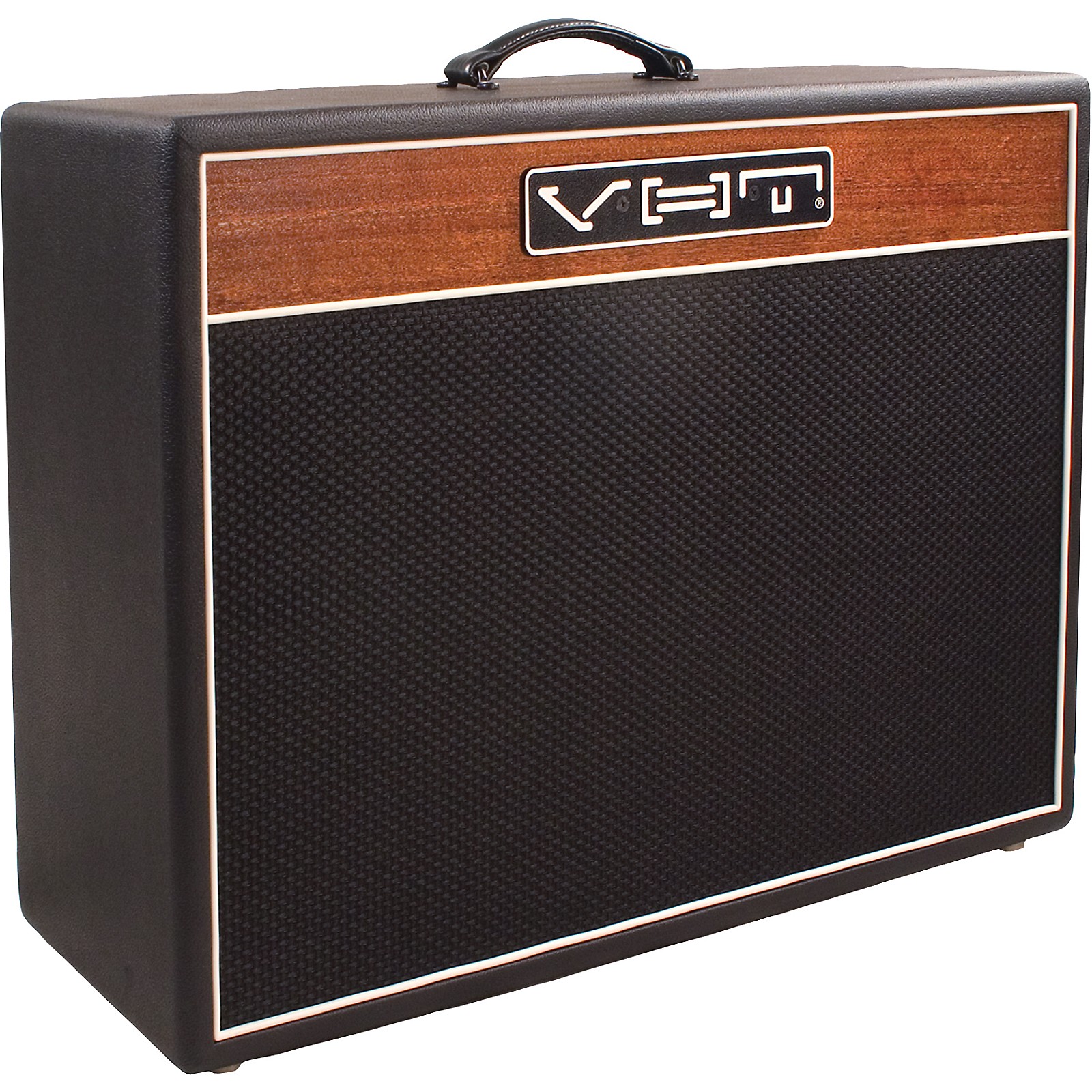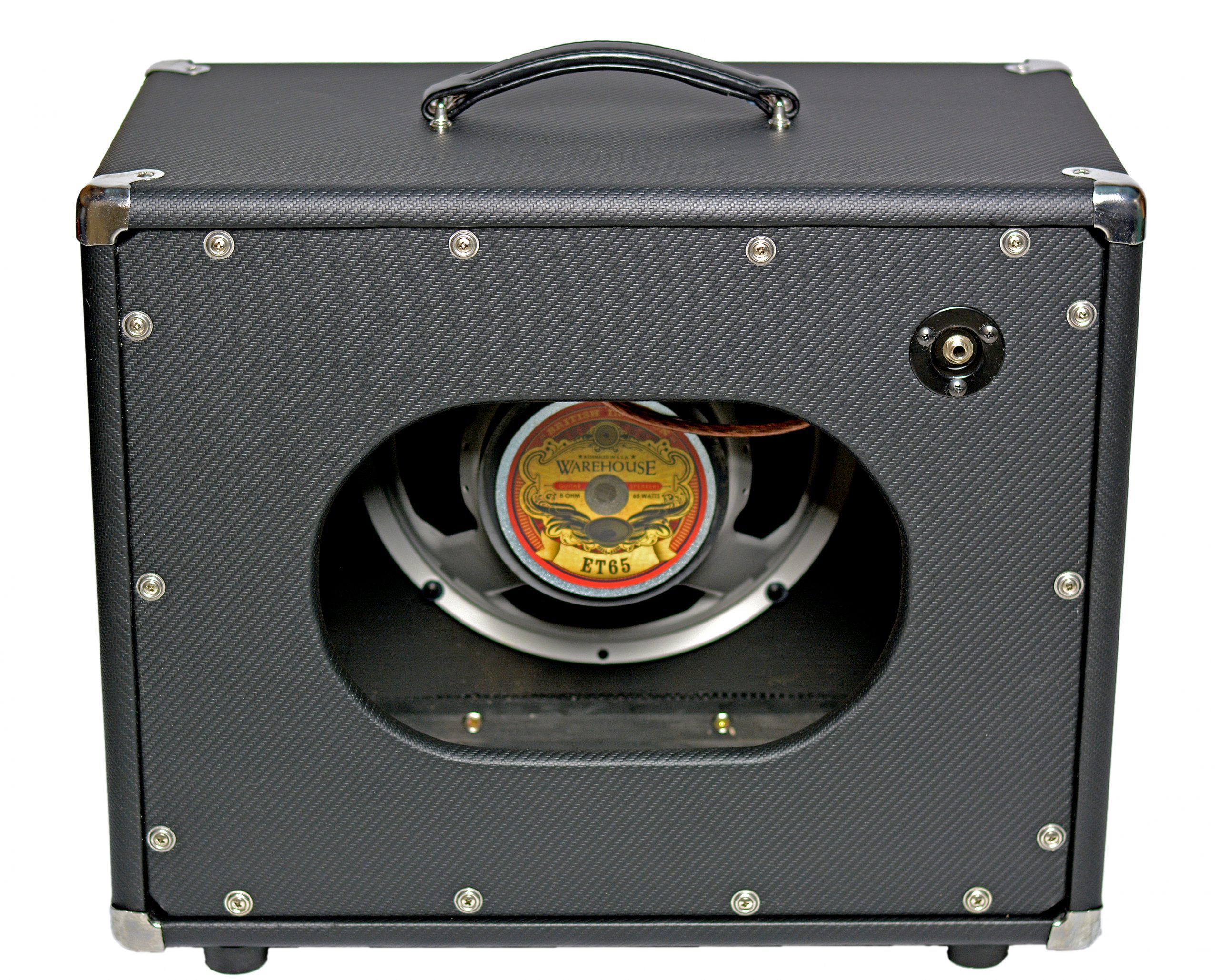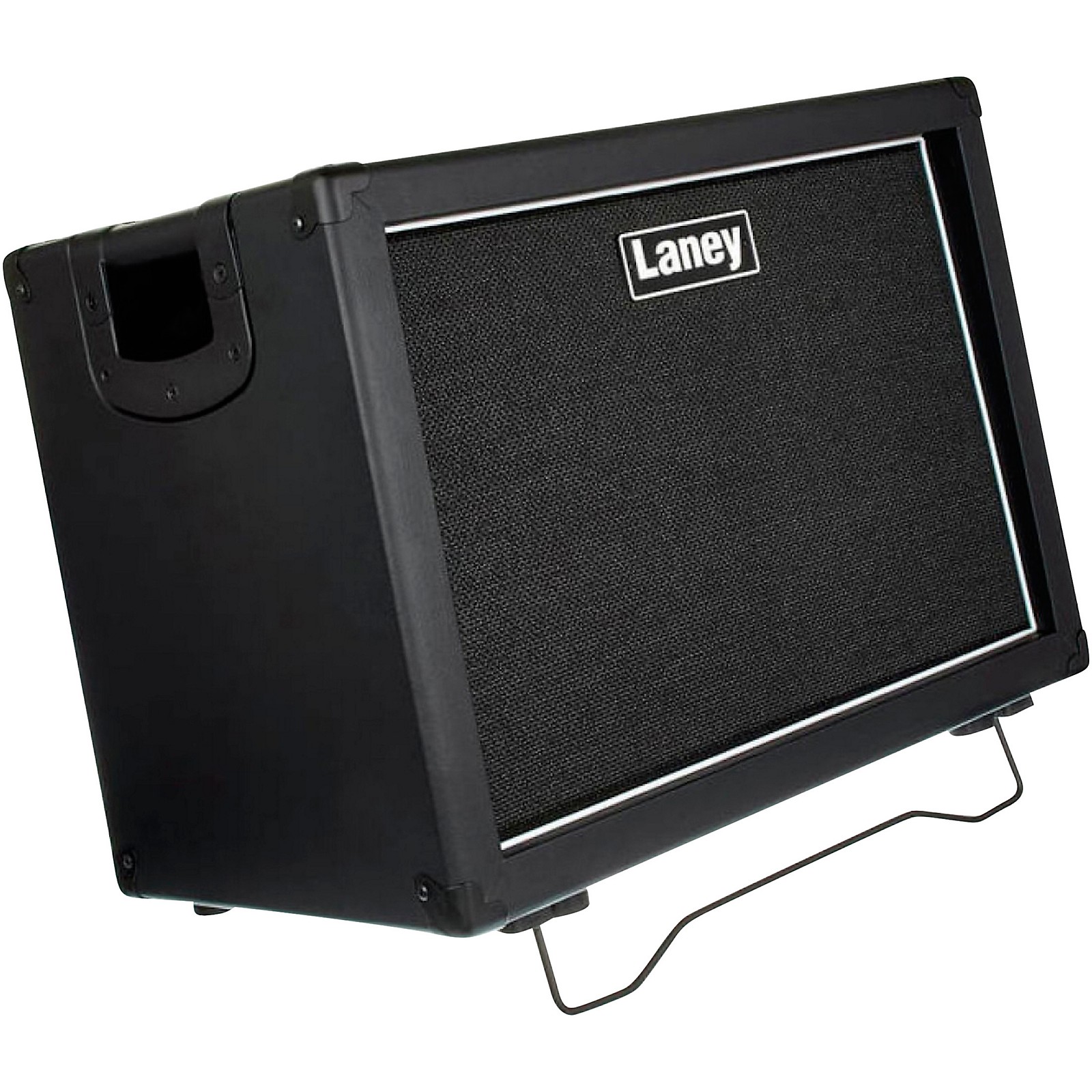Top 1×12 Guitar Cabinet Features: Best 1×12 Guitar Cabinet

Choosing the right 1×12 guitar cabinet is crucial for achieving your desired tone. The speaker, cabinet construction, and cabinet design all significantly impact the final sound. This section delves into the key features that differentiate top-tier 1×12 cabinets.
Speaker Types and Their Sonic Characteristics
The speaker is the heart of any guitar cabinet, and different speakers offer dramatically different tonal characteristics. The choice of speaker significantly impacts the overall sound, from warmth and punch to brightness and clarity. The following table compares three popular speaker choices:
| Speaker Type | Cone Material | Power Handling (Watts) | Frequency Response (Hz) | Tonal Qualities |
|---|---|---|---|---|
| Celestion Vintage 30 | Paper | 60 | 70-5000 | Full-bodied, warm, aggressive mids, tight low-end, can be slightly harsh at high volumes. A versatile speaker suitable for a wide range of genres. |
| Celestion Greenback | Paper | 25 | 40-7000 | Warm, smooth, slightly mid-scooped, known for its creamy overdrive and responsive feel. Excellent for blues, classic rock, and jazz. |
| Celestion Creamback | Paper | 65 | 50-5000 | A blend of Vintage 30 and Greenback characteristics; warm, smooth, with more low-end punch than the Greenback and slightly less aggressive mids than the Vintage 30. |
Cabinet Construction Materials and Their Impact on Tone
The material used in constructing the cabinet influences the resonance and overall tonal character. Different materials offer varying degrees of stiffness and damping, affecting how the sound waves interact within the cabinet.
- Plywood: Offers a good balance of stiffness and resonance, producing a rich and full-bodied tone. Commonly used for its durability and affordability.
- Pine: A lighter wood that provides a brighter, more resonant tone. It can be more prone to vibrations and may not be as durable as plywood.
- MDF (Medium-Density Fiberboard): A dense material that provides a tight, controlled sound with less resonance than plywood or pine. Often used for its affordability and consistency.
Open-Back, Closed-Back, and Half-Open Cabinet Designs, Best 1×12 guitar cabinet
The design of the cabinet significantly affects the sound projection and tonal characteristics. Open-back, closed-back, and half-open cabinets each offer unique sonic profiles.
| Cabinet Type | Sound Projection | Tonal Characteristics |
|---|---|---|
| Open-Back | More projection in the higher frequencies, less low-end | Brighter, more airy, less bass response. Often preferred for cleaner tones and jazz. |
| Closed-Back | More even projection across the frequency range, more low-end | Full-bodied, tighter bass response, more powerful and punchy. Often preferred for high-gain applications. |
| Half-Open | A compromise between open and closed-back designs | Offers a balance of clarity and warmth, with a good amount of low-end response. |
Popular 1×12 Guitar Cabinet Brands and Models

Choosing the right 1×12 guitar cabinet can significantly impact your tone and playing experience. The market offers a diverse range of options, each with its own strengths and weaknesses. Understanding the design philosophies, price points, and target audiences of leading brands is crucial for making an informed decision. This section will delve into some of the most popular brands and models, providing you with the information you need to find the perfect match for your needs.
Best 1×12 guitar cabinet – The following explores three leading brands of 1×12 guitar cabinets, highlighting their key characteristics.
- Fender: Fender cabinets are known for their classic clean tones and vintage aesthetic. They often utilize speakers designed for a warm, clear sound, perfect for blues, country, and rockabilly. Their price point generally falls within the mid-range, making them accessible to a wide range of players. Fender targets both seasoned professionals and aspiring musicians seeking a reliable and versatile cabinet.
- Marshall: Marshall cabinets are synonymous with high-gain rock tones. Their designs often prioritize powerful, aggressive sounds, achieved through carefully selected speakers and cabinet construction. Marshall cabinets typically command a higher price point, reflecting their premium components and association with iconic rock artists. Their target audience is primarily rock and metal players seeking a powerful and aggressive sound.
- Mesa/Boogie: Mesa/Boogie cabinets are renowned for their versatility and ability to handle a wide range of genres. They offer a diverse range of speaker choices and cabinet designs, catering to different tonal preferences. Mesa/Boogie cabinets are generally positioned at a premium price point, reflecting their high-quality construction and sophisticated design. They attract a broad range of players, from jazz and blues musicians to metal and hard rock players.
Popular 1×12 Guitar Cabinet Models
Here’s a detailed look at three popular 1×12 guitar cabinet models, highlighting their key features and sonic characteristics.
| Brand | Model | Key Features | Suitable Genres |
|---|---|---|---|
| Fender | Blues Junior Cabinet | 8-ohm impedance, 12″ Jensen speaker, closed-back design, vintage aesthetic | Blues, Country, Rockabilly, Classic Rock |
| Marshall | 1960A | 16-ohm impedance, Celestion G12M Greenback speakers, open-back design, classic Marshall voicing | Rock, Hard Rock, Blues Rock, Metal |
| Mesa/Boogie | Rectifier 1×12″ | Various speaker options (e.g., Celestion Vintage 30), closed-back design, high-power handling, versatile tone | Rock, Metal, Blues, Jazz, Country |
1×12 vs. 2×12 vs. 4×12 Guitar Cabinet Comparison
The choice between a 1×12, 2×12, or 4×12 cabinet depends heavily on your specific needs and preferences. This chart summarizes the key advantages and disadvantages of each.
| Feature | 1×12 Cabinet | 2×12 Cabinet | 4×12 Cabinet |
|---|---|---|---|
| Portability | Highly Portable | Moderately Portable | Least Portable |
| Volume | Lower Volume | Medium Volume | High Volume |
| Weight | Lightweight | Medium Weight | Heavyweight |
| Cost | Generally Lower | Medium Cost | Generally Higher |
| Tone | Focused, direct tone | Balanced, fuller tone | Full, powerful, potentially less defined |
Choosing the Right 1×12 Guitar Cabinet

Finding the perfect 1×12 guitar cabinet can significantly impact your tone. The right cabinet will complement your amplifier, allowing your sound to shine. Choosing incorrectly, however, can lead to disappointing results, no matter how good your amp is. This guide will help you navigate the process and make an informed decision.
Matching Cabinets to Amplifier Types
The type of amplifier you use heavily influences the cabinet you should choose. Tube amps, known for their warm, dynamic response, often pair well with cabinets featuring speakers designed to handle their power handling capabilities and tonal characteristics. Solid-state amps, typically brighter and cleaner, may benefit from cabinets that offer a warmer, fuller sound to balance their inherent characteristics. Modeling amps, offering a wide range of tones, require a versatile cabinet that can accurately reproduce the nuances of different amplifier models. For instance, a vintage-voiced speaker might be ideal for a tube amp emulating classic rock tones, while a more modern speaker might be better suited for a high-gain metal tone from a modeling amp.
Speaker Impedance Matching
Understanding speaker impedance is crucial for preventing damage to your amplifier. The impedance of your cabinet must match the impedance output of your amplifier. For example, if your amp has an 8-ohm output, you need an 8-ohm cabinet. Using a mismatched impedance can lead to several problems:
- Reduced Power Output: An impedance mismatch can significantly reduce the power your amplifier delivers to the speaker, resulting in a quieter and less powerful sound.
- Distorted Sound: The mismatch can cause distortion, even at lower volumes, making your sound muddy and unpleasant.
- Amplifier Damage: In severe cases, a significant impedance mismatch can overheat and damage your amplifier’s output transformer, leading to costly repairs or even total failure. This is especially true if you use a cabinet with a lower impedance than your amp’s output.
Choosing the Right 1×12 Guitar Cabinet: A Practical Guide
Selecting a 1×12 guitar cabinet isn’t just about aesthetics; it’s about finding the perfect sonic partner for your amplifier and playing style. Consider the tonal characteristics you’re aiming for – warm and vintage, bright and modern, or something in between. Different speakers offer distinct tonal profiles. For example, Celestion Greenbacks are renowned for their warm, slightly overdriven tone, while Eminence Swamp Thangs are known for their thick, powerful low-end. The cabinet’s construction also plays a role; open-back cabinets offer a more airy, spacious sound, while closed-back cabinets provide a tighter, more focused tone. Think about the genres you play; a cabinet suited for blues might not be ideal for metal, and vice versa. Ultimately, the best way to choose is to try different cabinets with your amp, if possible, to experience the sonic differences firsthand. Pay close attention to how the cabinet responds to your playing dynamics and the overall feel of the sound. Don’t hesitate to seek advice from experienced guitarists or technicians to help you navigate the options and make the best choice for your needs.
